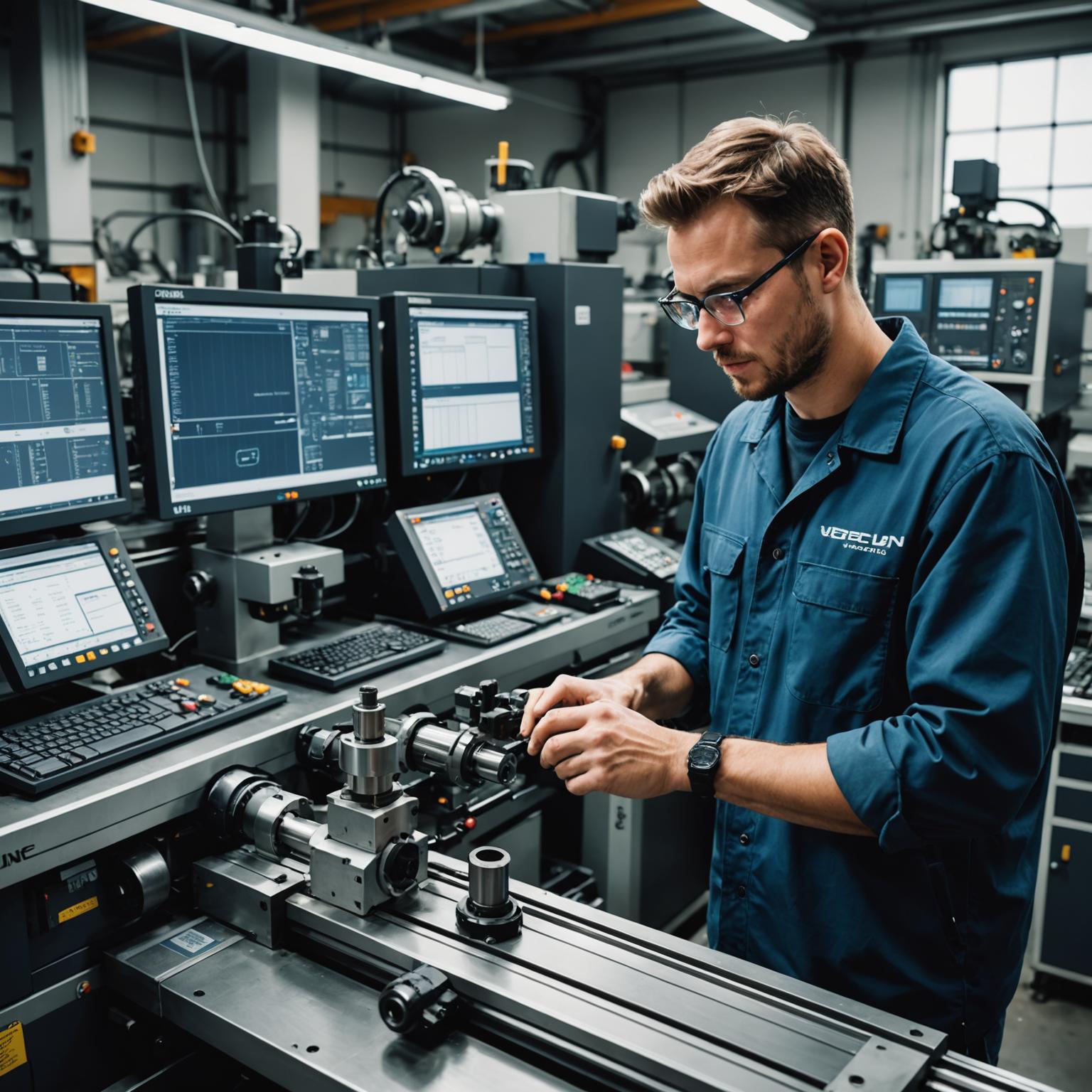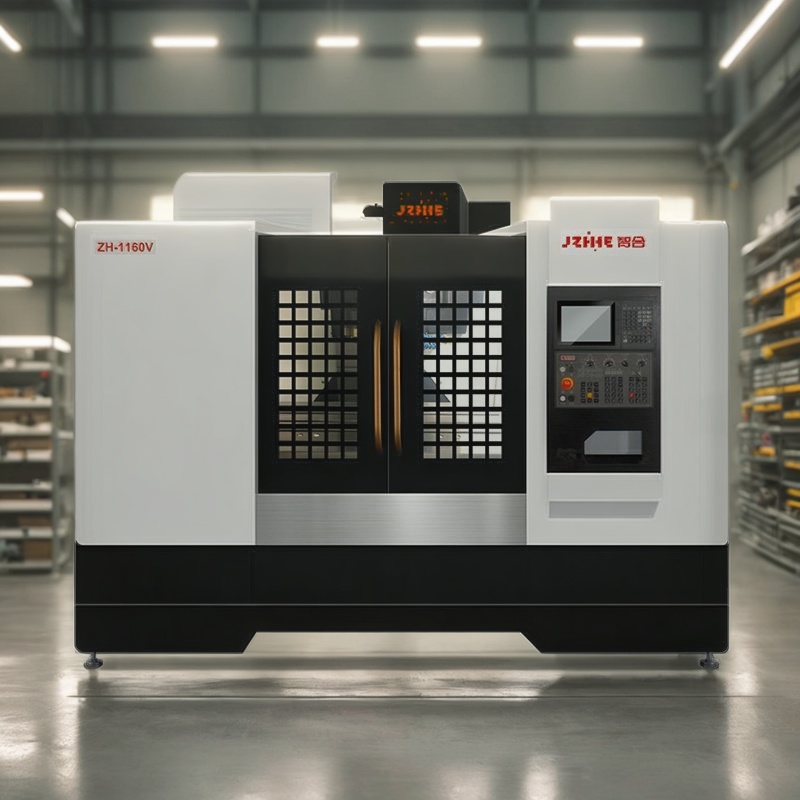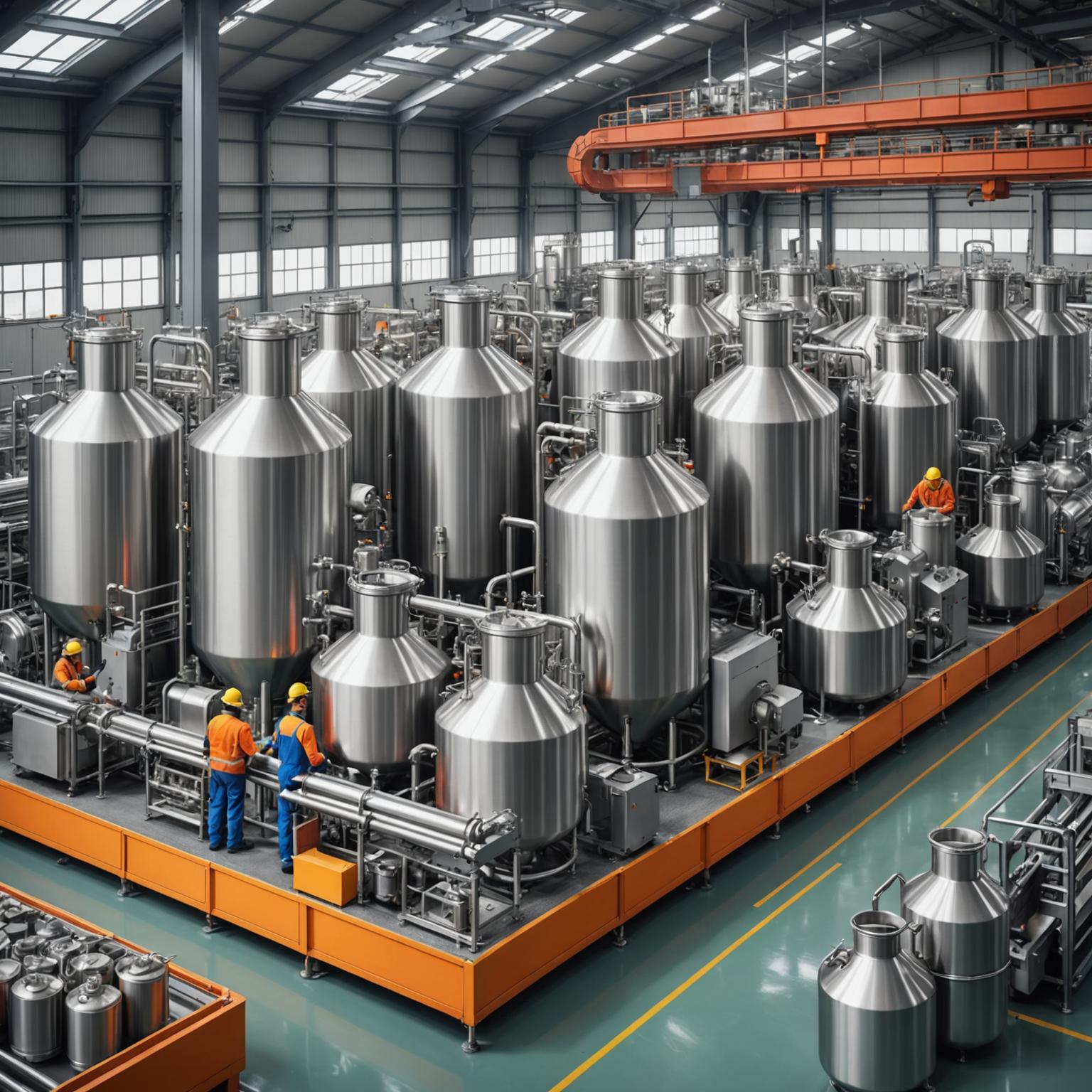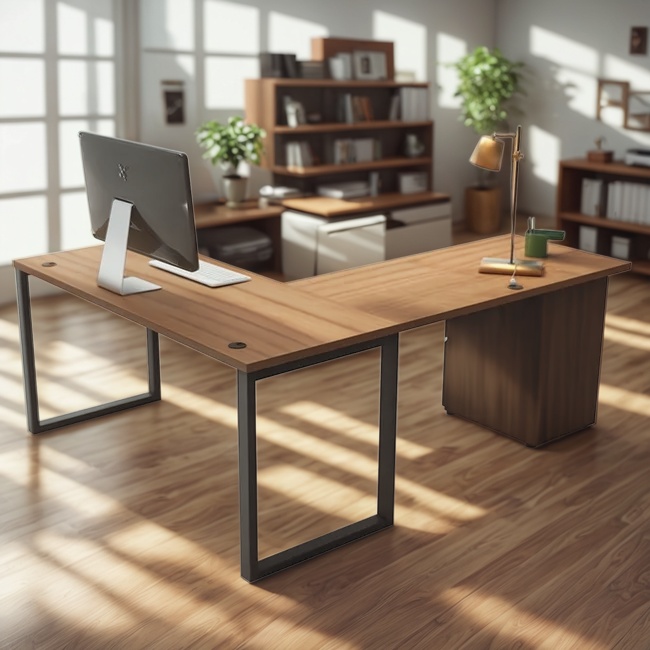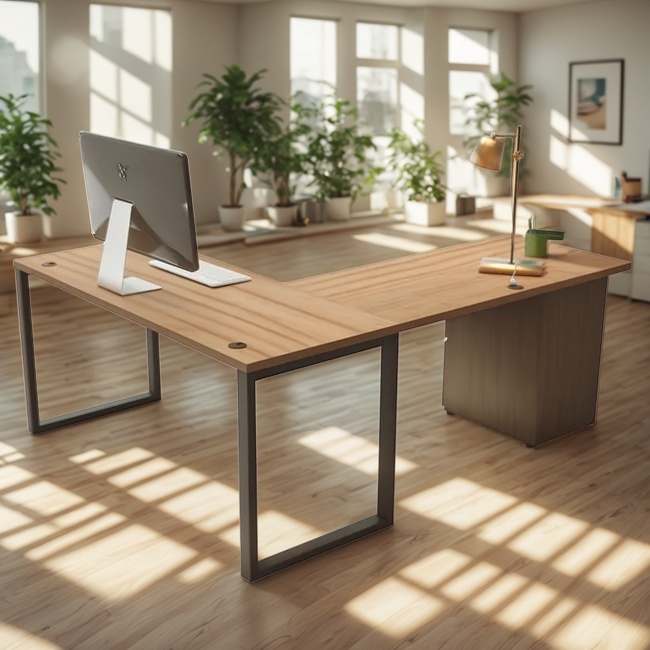Introduction to Precision Manufacturing
At the heart of modern industrial production lies the intricate and powerful process of CNC lathe programming. This essential skill transforms digital designs into tangible, high-precision components, forming the backbone of industries ranging from aerospace to medical device manufacturing. Understanding CNC lathe programming is the first step toward mastering the art of automated machining, where code dictates the precise movements of cutting tools to shape raw materials into finished parts with incredible accuracy and repeatability. As manufacturing demands grow more complex, the ability to write and execute efficient programs is more critical than ever, separating leading-edge operations from the rest.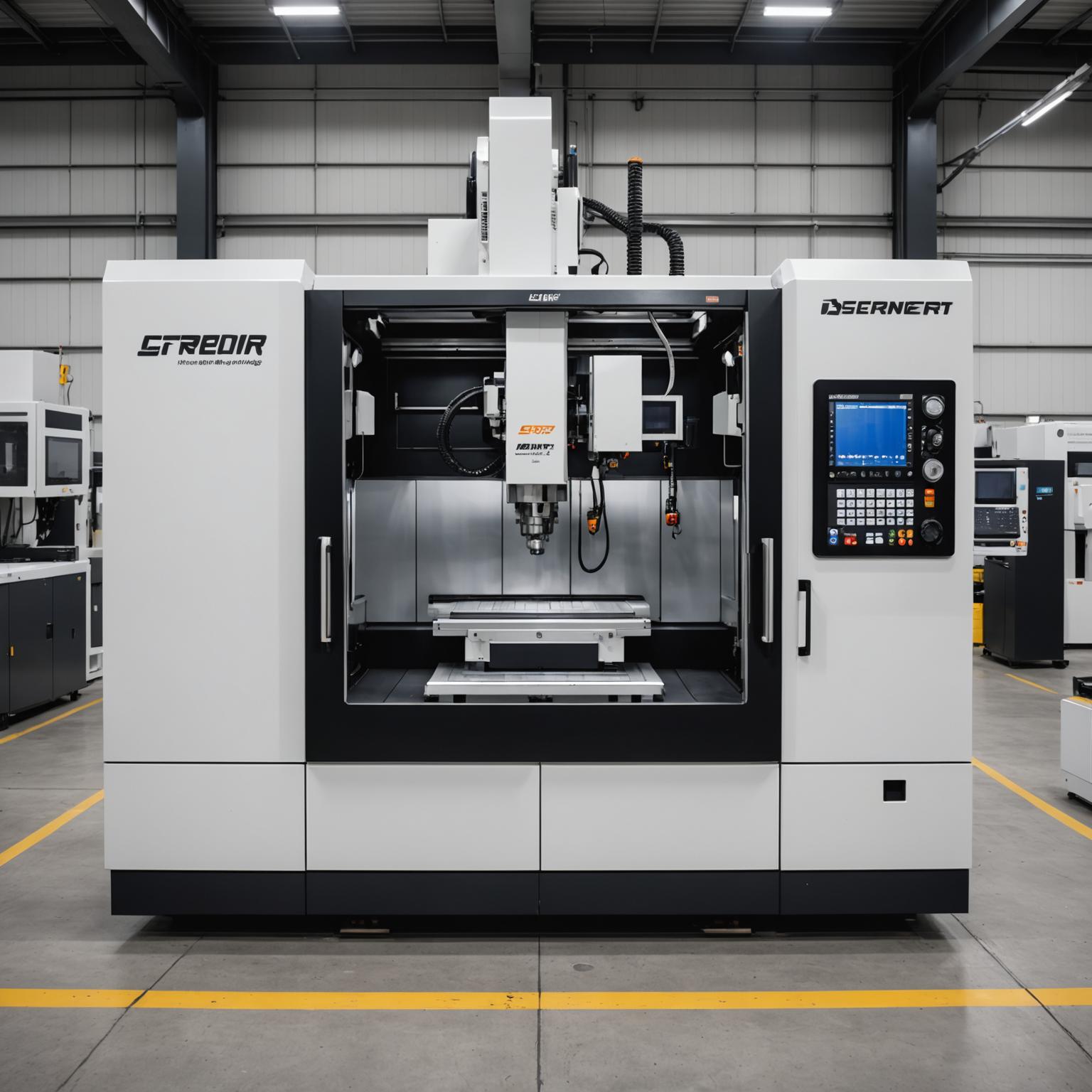
Understanding the Core of CNC Lathe Programming
CNC lathe programming is fundamentally about creating a set of instructions, known as G-code and M-code, that a machine controller can understand and execute. G-codes, or preparatory codes, direct the machine's geometry, controlling the position and movement of the cutting tool along the axes—primarily the X (diameter) and Z (length) axes on a lathe. M-codes, or miscellaneous functions, manage the machine's operational functions, such as starting or stopping the spindle, turning on coolant, and changing tools. A programmer meticulously translates an engineering blueprint into this sequence of codes, defining tool paths, feed rates, spindle speeds, and every other variable required to cut a part to exact specifications. This process requires a deep understanding of machining principles, material properties, and the capabilities of the specific machine in use. The goal is to create a program that is not only accurate but also optimized for efficiency, minimizing cycle times and tool wear.
Bridging the Gap: From Code to CNC Lathe Operation
An elegantly written program is only half the battle; successful execution depends entirely on skilled CNC lathe operation. An operator acts as the crucial link between the digital program and the physical reality of the workshop floor. Their responsibilities begin with setting up the machine, which involves securely clamping the workpiece in the chuck, loading the correct cutting tools into the turret, and precisely measuring their offsets. Once the program is loaded into the machine's control panel, the operator must carefully run a simulation or a dry run to verify the tool paths and prevent potential collisions. During the initial production run, they monitor the process closely, making fine-tuned adjustments to offsets to compensate for tool wear and ensure every part meets strict quality standards. This synergy between expert programming and meticulous CNC lathe operation is what ultimately leads to flawless production and consistent output.
Selecting the Best CNC Lathe for Precision and Efficiency
To fully leverage the power of advanced programming and operation, one must invest in the right equipment. The search for the best CNC lathe involves evaluating several key factors that directly impact performance and reliability. A machine's structural rigidity is paramount; a heavy-duty, reinforced base is essential for preventing vibrations during high-speed operations, which is critical for maintaining tight tolerances and achieving a superior surface finish. The quality of the control panel and its software is equally important. An intuitive, ergonomically designed interface with advanced programming options streamlines the workflow and empowers operators to fine-tune processes with exceptional accuracy. Furthermore, features like high-speed spindles, powerful servo motors, and reliable tool-changing systems contribute to reduced cycle times and increased productivity. Choosing the best CNC lathe is an investment in capability, ensuring your operations can handle an array of materials and complex geometries with confidence.
The Future of CNC Machining: Advanced Features and Capabilities
Modern CNC technology is continuously evolving, pushing the boundaries of what is possible in automated manufacturing. Today's most advanced machines are engineered to tackle extremely demanding applications, from intricate automotive components to critical aerospace parts. These systems often incorporate innovative features designed for maximum efficiency and safety. For instance, transparent safety doors allow for continuous monitoring of the machining process while ensuring operator security. The integration of advanced CAM (Computer-Aided Manufacturing) software allows complex toolpaths for 3, 4, or even 5-axis machining to be generated automatically, simplifying the CNC lathe programming phase for highly complex parts. As we look to the future, the convergence of machine learning and AI promises to further optimize operations by predicting maintenance needs, automatically adjusting for tool wear in real-time, and identifying opportunities for cycle time reduction, making the entire manufacturing process smarter and more autonomous.
Mastering CNC Machining for a Competitive Edge
In conclusion, achieving excellence in manufacturing is a holistic endeavor that relies on the perfect alignment of software, hardware, and human skill. It begins with precise CNC lathe programming, which lays the digital foundation for production. This is brought to life through expert CNC lathe operation, where skilled professionals ensure the machine performs to its highest potential. Finally, all of this is built upon the foundation of having the best CNC lathe or machining center for the job—a machine that offers stability, power, and advanced features. By mastering these interconnected disciplines, manufacturers can optimize their operations, minimize downtime, and produce impeccable workpieces, securing a definitive competitive advantage in a rapidly evolving global market. The future truly belongs to those who embrace the full potential of this powerful technology.

